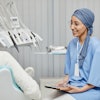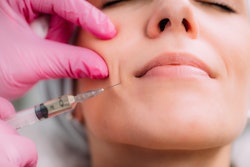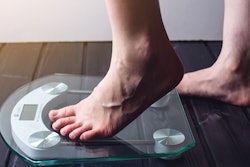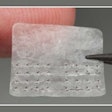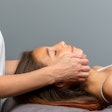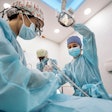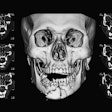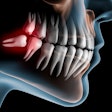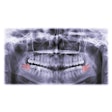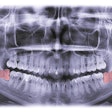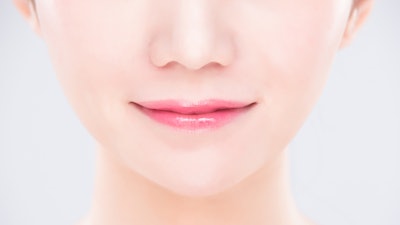
When the jaw and teeth are properly supported during orthognathic surgery, it may create a more youthful appearance, according to a study recently published in the Journal of Oral and Maxillofacial Surgery.
More specifically, the angle between the nose and upper lip becomes smaller, the lines from the nose to the mouth shorten, and the upper lip appears longer and fuller, the authors wrote.
"When adequate dentoskeletal support is provided by specific positional changes of the jaws planned through orthognathic surgery, the length of the nasolabial fold decreases, and the upper vermilion lengthens and becomes slightly everted," wrote the authors, led by Dr. Jocelyn S. Vivas-Castillo, MSc, of the Universitat International de Catalunya in Spain (J Oral Maxillofac Surg, July 19, 2024).
A retrospective cohort study was conducted on patients who underwent bimaxillary surgery following the Barcelona Line protocol in 2021 at the Teknon Medical Center in Spain. The study included 27 subjects with an average age of 32.5 ± 11.2 years.
The predictor variable was the timing of cephalometric measurements, reported as T0 (preoperatively), T1 (one month after surgery), and T2 (one year after surgery). The main outcome variable was the soft-tissue changes in the nasolabial and vermilion areas. These changes were reported as the nasolabial fold length and angle, the nasolabial angle, upper lip concavity, vermilion length, and the upper lip sagittal distance from the BL, they wrote.
The covariates included patient demographic data, the surgical-orthodontic protocol, and the magnitude and direction of the skeletal movements. Descriptive and inferential analyses were conducted, according to the study.
Lip parameters were correlated as follows: The upper lip concavity increased more in older patients (r = 0.5, p = 0.01), a greater gain in labial projection (ULa-BL) was observed in segmented maxillary surgeries (p = 0.03, Mann-Whitney test). In older individuals (r = -0.6, p < 0.001), changes in the length of the upper vermilion were more stable, with the upward vertical movement of the maxilla (p = 0.004, Kruskal-Wallis test) and counterclockwise mandibular rotation (p = 0.02, Mann-Whitney test).
A mean decrease in the nasolabial angle of 5.5 ± 6º was recorded (p < 0.001), with a shortening of the nasolabial fold length by 4.4 ± 7.6 mm (p = 0.019). Additionally, there was an increase in the upper lip concavity angle by 14.4 ± 12º (p < 0.001) in addition to a vermilion lengthening of 1.6 ± 1.3 mm (p < 0.001) and an increase in upper lip sagittal distance to BL by 5.7 ± 7.3 mm (p = 0.001), indicating a more projected and everted upper vermilion, according to the results.
However, the study had limitations. It did not measure patient weight or body mass index, which could potentially affect the data, and this factor should be addressed in future research, the authors added.
"In conclusion, when adequate dentoskeletal support is provided as a function of the kind of movement planned in the context of orthognathic surgery, a more youthful appearance of the upper vermilion and nasolabial fold is obtained," they wrote.

